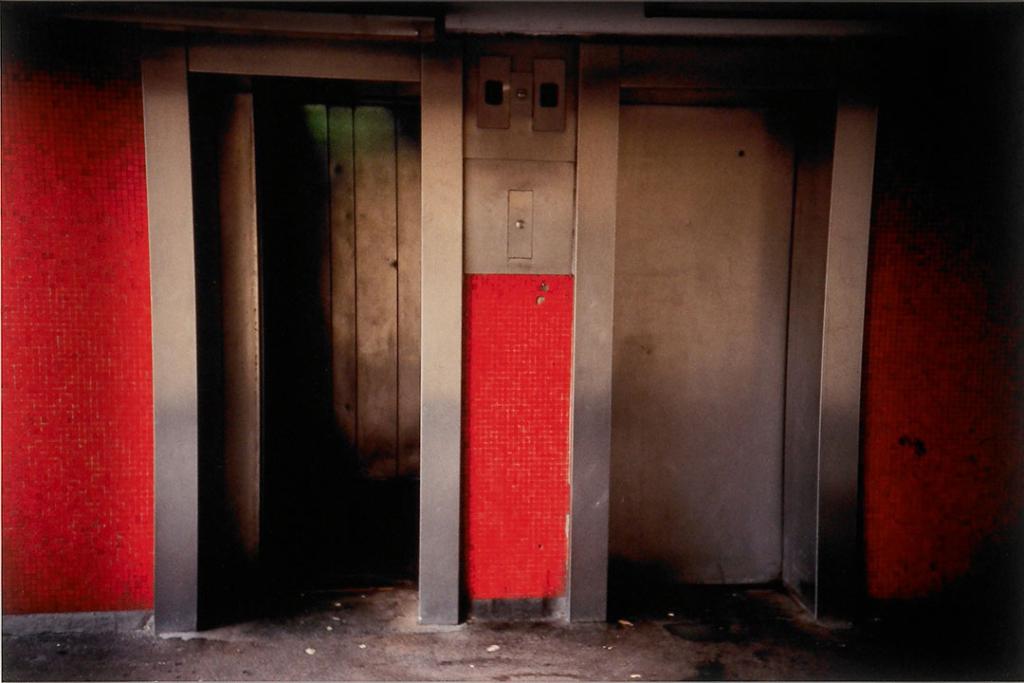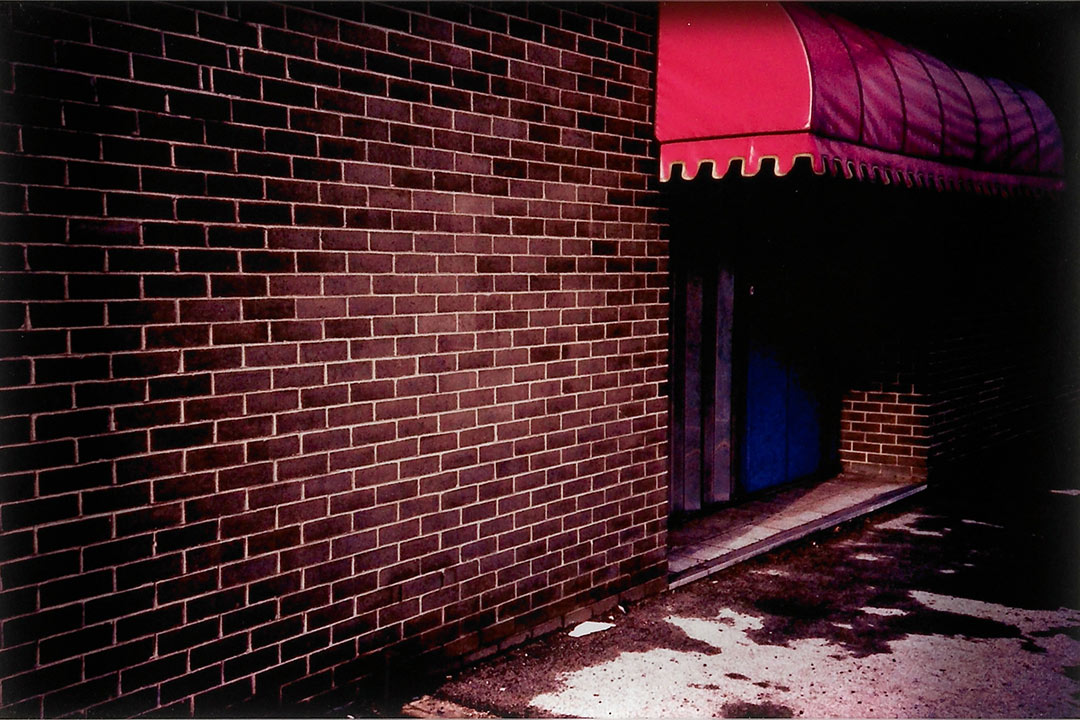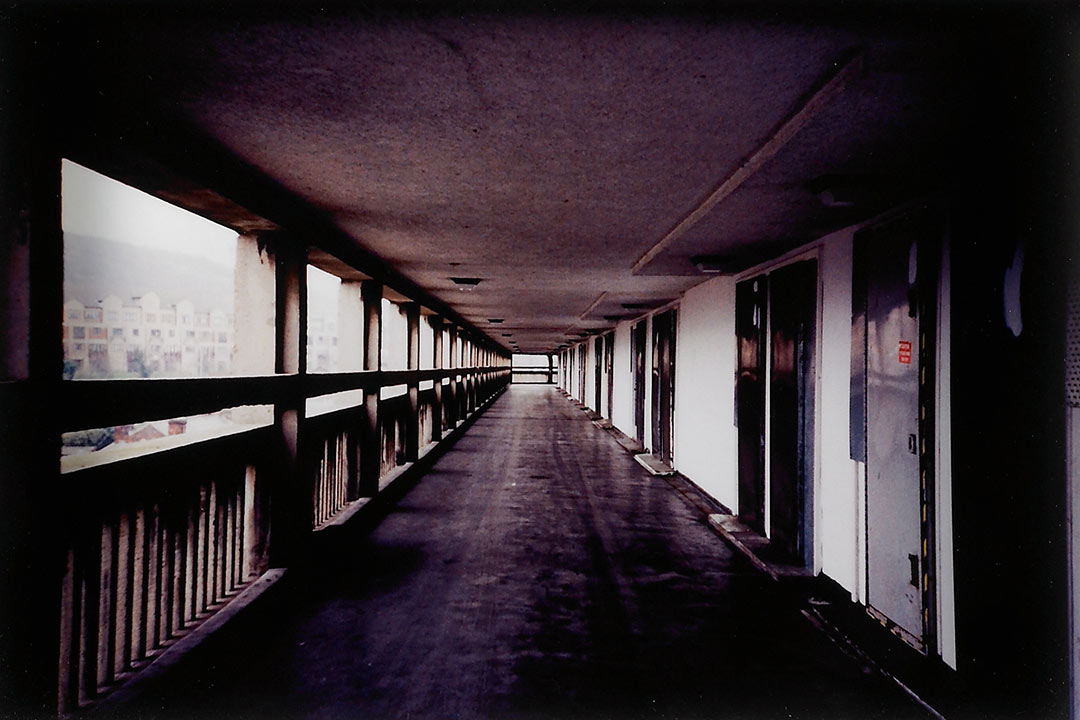Modern slavery? Transatlantic slavery? What’s the difference?

Slavery exists today. You have probably heard of the transatlantic slave trade and the term modern slavery. They are both slavery, but what makes it ‘transatlantic’ or ‘modern’? There are ongoing debates around the differences and similarities between the two, a few of which are highlighted here.
The transatlantic slave trade
The transatlantic slave trade was a legal business that largely operated in a triangular shape between Europe, Africa and America. Ships sailed from Europe to Africa, taking goods like pots, pans, guns and alcohol to be traded. The traders captured millions of African men, women and children and shipped them across the Atlantic Ocean to the Americas to enslave them.
Sailing across the ocean was dangerous. The ships' conditions were brutal and degrading, and it was a long journey taking six to eight weeks. A significant number of lives were lost, both ship crew and African people taken to be enslaved. The African people were then traded for products, like sugar, coffee, tobacco, rice and cotton, which were produced in the Americas by African people who had already been forced into slavery. These products and some African people were sailed back to Europe and the triangular business continued for around 400 years. The transatlantic slave trade was abolished by Britain and other countries from 1807 onwards, although illegal trading continued for a further 60 years.
Modern slavery

The term ‘modern slavery’ is fairly new and over the past two decades there has been increasing knowledge and awareness that slavery still exists across the world, including here in the UK. As modern slavery has become more used in government, in the news and has been seen on various awareness raising and campaigning activities across the nation, the term may still raise many questions, such as:
- Slavery ended when the transatlantic trade was criminalised and abolished, didn’t it?
- Slavery does not happen here?
- What does modern slavery mean?
Modern slavery or servitude can be understood as a crime that has two parts: Means + Service. It is the holding of someone through means of actual, or the threat of, physical and psychological violence to make them provide a service for benefit. A service may be one of labour, sexual, or a criminal nature for example.
Sounds similar to the transatlantic slave trade? During this period of legal enslavement, millions of Africans were taken from their homes and physically and psychology held and controlled under slave traders and masters. They were forced to provide labour services in settings such as sugar plantations, cotton fields and domestic cleaning settings for example. Physical and psychological abuse and violence was common in transatlantic slavery and continues to be seen in modern slavery cases today.
Widespread locations
While the transatlantic slave trade mainly involved enslaving people from West Africa and forcing them to work on plantations in the Americas, modern slavery is more widespread in countries across the world, including the UK. Within the International Slavery Museum’s developing collection around modern slavery, we have a photography collection taken by Rachel Wilberforce titled ‘Missing’. It depicts the reality of sexual exploitation in Britain today. The works, which are absent of people but highlight human movements, respond to the loss of identity and displacement enslaved persons experience on a daily basis. The photos show that modern slavery can be occurring amongst everyday life, in mundane places, even next door to you. Trafficking for sexual exploitation, particularly for forced prostitution, can happen in a range of locations including pop-up and established brothels in flats, houses and hotels in the UK.
Human trafficking

Modern slavery is also a term that encompasses human trafficking. Human trafficking is a crime of three elements defined by the United Nations. Act + Means + Purpose. It is the act of recruiting, transporting or receipt of someone, by means of force, fraud, abduction, for the purpose of exploitation. Exploitation can be seen in a variety of forms such as labour, sexual, criminal, domestic servitude, organ harvesting, child soldiers and forced marriage. Human trafficking does not have to involve the crossing of international borders, it can also happen with the same country, city or even the same street.
The transporting of African people to be enslaved reflects similarities with human trafficking seen today, particularly when borders are crossed. The act of shipping African people, through means of abduction and force, for the purpose of exploitation was seen in the transatlantic slave trade. In cases of cross-border human trafficking, some harrowing similarities exist between transatlantic and modern slavery. Separating someone from their native environment and country of origin can increase their vulnerability and even dependency to the trafficker. Sometimes people may be trafficked and not know what country they are in. They may be isolated from their culture and support networks, and may not be able to speak the language. This isolation and control the trafficker or slave master then has over the person can keep someone trapped in slavery.
Taking advantage of technology
There remain similarities between the transatlantic and modern slavery in that goods produced through slavery and trafficking are sold to the public. Forced labour and slavery practices documented on plantations during the transatlantic period are still seen in the supply chains of goods such as tea, coffee, sugar, cocoa and cotton today. But traffickers and enslavers also adapt to the environment. As we have become modernised and globalised with the invention of technology such as laptops and phones, new supply chains for such products have emerged. This has created additional exploitative opportunities in product supply chains for traffickers and enslavers.
Modern technology has also brought new forms of exploitation, from live streaming online sexual abuse, facilitating criminal exploitation through county lines in the drugs trade, to organ harvesting for transplants now this is medically routinely practiced, and more. They also have new ways to traffic people in terms of transport, deceit through false job adverts and platforms, for exploitation such as escort and pornography websites.
The crossing of borders seen in many cases of human trafficking can also highlight a key difference between the transatlantic slave trade and modern slavery, particularly when we consider the developments in technology. Transport developments across the world over time have enabled people to travel quicker and often more safely than the treacherous middle passage journey undertaken in the transatlantic slave trade. Now, traffickers often recruit people through fraudulent job promises and can deceive people to travel willingly and legally across borders, then exploitation starts upon arrival or during the journey. In this way, human trafficking can be different to that seen in the transatlantic slave trade as the traffickers do not always need to travel with their victim, to exploit them in another country or continent.
Exploitation for profit

Another difference between transatlantic and modern slavery is related to profitability and disposability. In the transatlantic slave trade, the focus of slave traders was on Africa and the high cost of transporting these people meant that once they were enslaved they were often maintained and reproduced.
Today, trafficking and enslaving adults and children is deemed a low cost and high profit crime. Racial differences are less important to traffickers and other types of vulnerability are exploited too, such as poverty, the desire for a better life, access to education and more. The pool of potential adults and children to be enslaved has become the world’s population. There is a surplus of potential slaves to be exploited and those enslaved are considered disposable people. Adults and children are used over and over again and discarded for someone new and profitable when they are of no use anymore. It is estimated modern slavery criminally generates more than $150 billion every year with more than 40 million people enslaved on any given day.
The ongoing fight against slavery
While slavery may have emerged or adapted to exploit a wider range of adults and children, perpetrated through the aid of new technology and modes of transport, the exploitation, degradation, physical and psychological harms remain across time and space. Ultimately, both the transatlantic slave trade and modern slavery are crimes of human rights abuses and violations. Both are horrific, traumatic and outlawed, yet modern slavery remains on a significant scale.
It is essential to remember the transatlantic slave trade, engage with and challenge the legacies of racism and discrimination still being experienced and seen today that stem from the trade. We remember. We act. It is also important to know that slavery still exists. Significant anti-trafficking and abolitionist work is still needed. We see. We act.
Further information
- History of the transatlantic slave trade, International Slavery Museum
- Modern Slavery Act 2015, UK Home Office
- Testing a Theory of Moden Slavery, Kevin Bales, Yale University
- Forced labour, modern slavery and human trafficking, International Labour Organisation
- Smuggling or trafficking: knowing the difference, Stop the Traffik
- Spot the signs of slavery, Anti-Slavery International
- Slavery in supply chains, Anti-Slavery International
All images are from 'Missing', copyright Rachel Wilberforce
